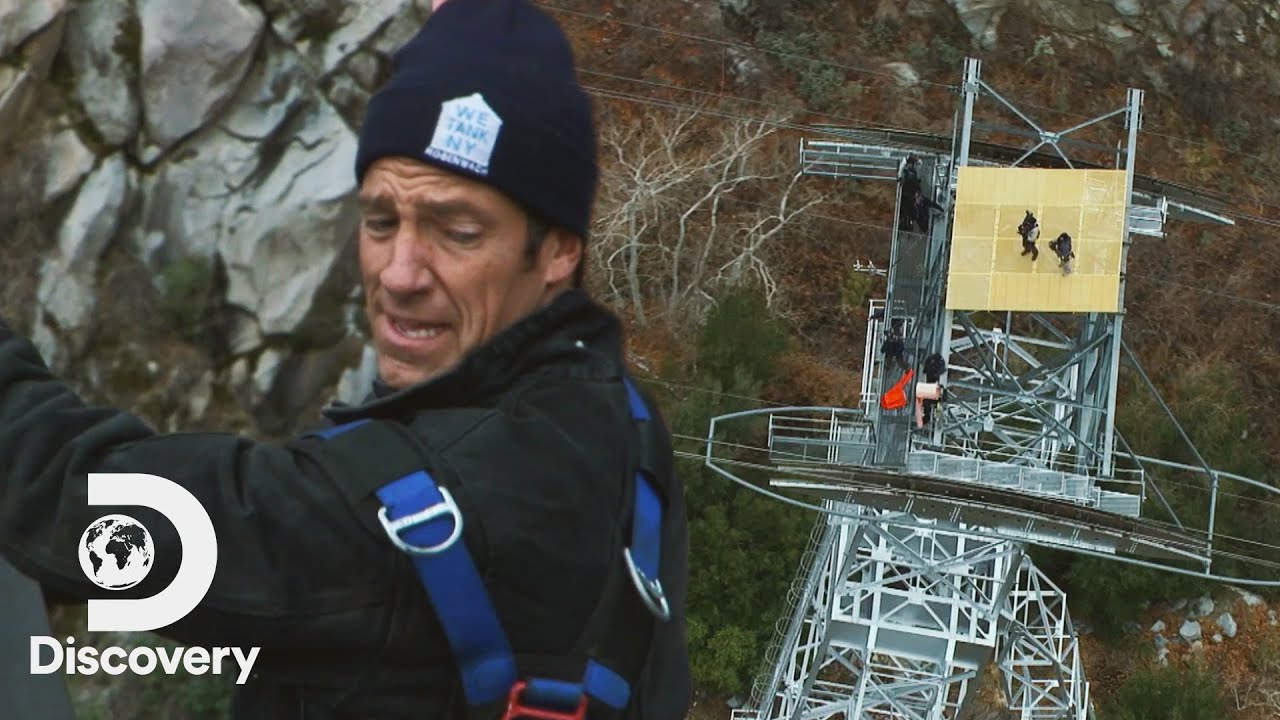Introduction: The Presence of Eagles in Rhode Island
Rhode Island, the smallest state in the United States, is not typically associated with eagle populations. However, contrary to popular belief, these majestic birds do indeed reside within the state’s borders. Despite their limited numbers, eagles have managed to find suitable habitats in Rhode Island, making it possible to catch a glimpse of these awe-inspiring creatures in their natural environment.
Historical Sightings: Tracing the Eagle Population in Rhode Island
Historical records reveal that eagles were once abundant in Rhode Island. However, due to factors such as habitat loss, illegal hunting, and the use of pesticides, their population dramatically declined during the mid-20th century. By the late 1970s, the number of eagle sightings in the state had become exceedingly rare. Efforts to reverse this decline began in the 1980s, leading to the slow recovery of the eagle population.
Habitat Analysis: Suitable Areas for Eagles in the State
Eagles in Rhode Island prefer habitats near large bodies of water, such as rivers, lakes, and coastal areas. The presence of tall trees near these bodies of water is crucial, as eagles build their nests, known as eyries, in these lofty perches. With Rhode Island offering a diverse landscape of wetlands, forests, and coastline, the state provides the essential ingredients for eagle habitation.
Breeding Habits: Understanding Eagle Reproduction in Rhode Island
Eagles in Rhode Island typically form monogamous pairs, with both male and female birds sharing the responsibilities of nest building and raising their young. Breeding season usually begins in early spring, during which the male and female engage in an elaborate aerial courtship display. The female eagle lays one to three eggs, which she diligently incubates for about 35 days. After hatching, the chicks remain in the nest for approximately 10-12 weeks before fledging.
Food Sources: Examining the Prey of Rhode Island Eagles
Eagles in Rhode Island are opportunistic hunters, primarily feeding on fish and waterfowl. With the state’s abundance of water bodies, including Narragansett Bay and its tributaries, eagles have a rich supply of fish such as trout, perch, and herring. Additionally, they target waterfowl species like ducks and geese, capitalizing on their foraging patterns in the marshes and coastal areas.
Conservation Efforts: Protecting Eagle Populations in Rhode Island
Recognizing the importance of conserving eagles, various organizations and government agencies in Rhode Island have implemented conservation programs. These initiatives focus on habitat preservation, reducing human disturbance near eagle nesting sites, and raising awareness about the importance of eagle conservation. Through these efforts, the state aims to ensure the long-term survival of these majestic birds.
Wildlife Management: Balancing Eagle and Human Interests
Managing the delicate balance between eagle conservation and human interests is crucial. While eagles contribute to the state’s biodiversity and serve as important indicators of environmental health, conflicts arise due to their potential impact on certain human activities. Rhode Island’s wildlife management strategies aim to strike a balance by implementing measures that protect both eagle populations and the interests of local communities.
Monitoring Programs: Tracking the Movements of Eagles in Rhode Island
To gain a deeper understanding of eagle behavior and monitor their population trends, Rhode Island has established monitoring programs. These initiatives involve tracking the movement of eagles using GPS devices and conducting regular aerial surveys to estimate population size. By collecting and analyzing data, researchers can better inform conservation efforts and identify potential threats to eagle populations.
Threats and Challenges: Overcoming Obstacles to Eagle Conservation
Although eagle populations in Rhode Island have shown signs of recovery, they continue to face several threats and challenges. Habitat loss due to urbanization and development, pollution of water bodies, and illegal hunting pose significant risks to their survival. Climate change also poses a threat by altering prey availability and disrupting nesting patterns. Addressing these challenges requires ongoing efforts to protect and restore critical habitats, enforce existing wildlife protection laws, and raise awareness among the public.
Legal Protection: Laws Safeguarding Eagles in Rhode Island
Eagles in Rhode Island receive legal protection under state and federal laws. The Bald and Golden Eagle Protection Act and the Migratory Bird Treaty Act prohibit the disturbance, hunting, and possession of eagle species. Violators face severe penalties, including fines and imprisonment. The implementation and enforcement of these laws play a crucial role in safeguarding eagle populations and their habitats.
Recent Sightings: Observations of Eagles in Rhode Island
In recent years, Rhode Island has witnessed a gradual increase in eagle sightings. Local birdwatchers, naturalists, and researchers have reported numerous sightings in various parts of the state, including the Seekonk River, the Sakonnet River, and the Narragansett Bay. These sightings serve as encouraging signs of the ongoing recovery of eagle populations and provide hope for their future conservation.
Conclusion: The Current Status of Eagles in Rhode Island
While Rhode Island may not be widely known as an eagle habitat, these magnificent birds do reside within the state’s boundaries. Through conservation efforts, including habitat preservation, monitoring programs, and legal protection, Rhode Island aims to ensure the long-term survival of its eagle populations. As sightings continue to increase, it is evident that these efforts are playing a vital role in securing a promising future for these iconic birds in the smallest state in the United States.





